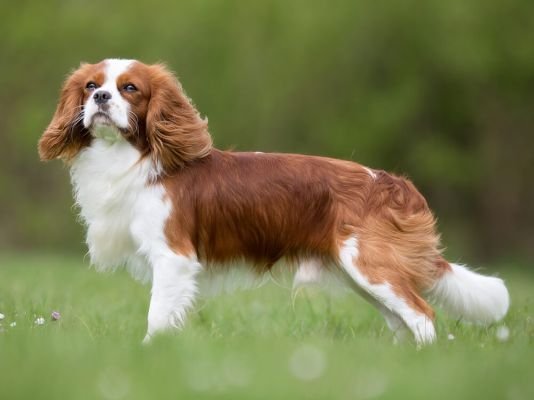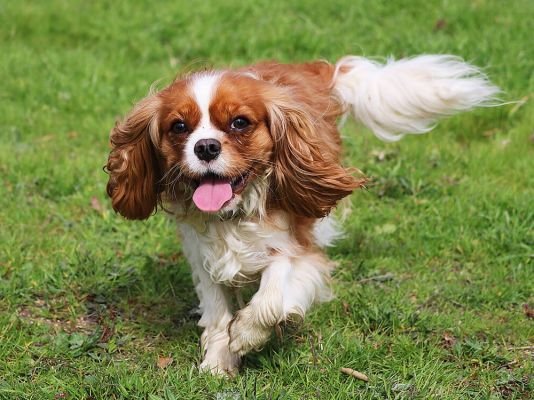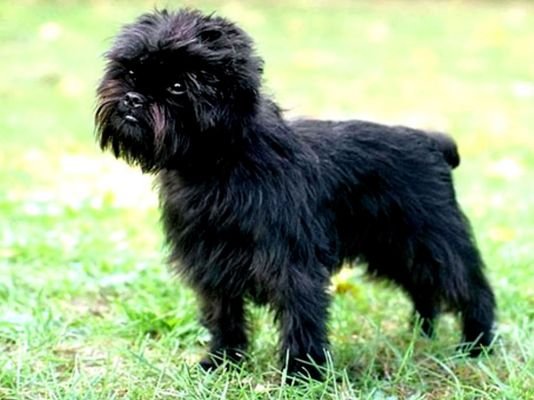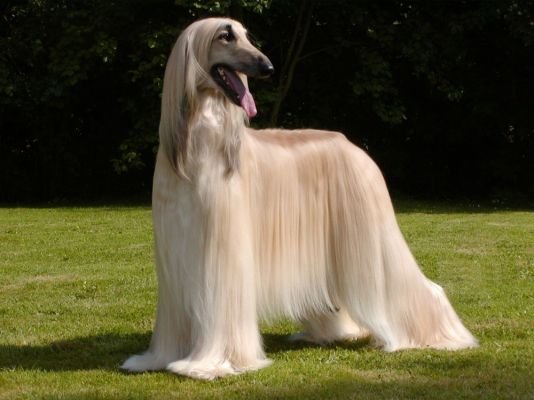





Meet the Cavalier King Charles Spaniel: The Royal Companion with a Velvet Touch
Imagine a dog bred to warm laps in royal palaces—that’s the Cavalier King Charles Spaniel! With silky ears, soulful eyes, and a wagging tail that never quits, this breed combines aristocratic charm with a heart of gold. But before you fall for their puppy-dog gaze, let’s unpack what makes this toy breed both irresistible and demanding.
Quick Snapshot
| Trait | Cavalier King Charles Spaniel |
|---|---|
| Height | 12–13 inches (30–33cm) ♂/♀ |
| Weight | 13–18 lbs (5–8kg) ♂/♀ |
| Lifespan | 10–15 years |
| Coat | Silky, feathered; low shedding |
| Energy Level | Moderate (30–60 mins/day) |
| Barking | Occasional (alert but not yappy) |
Looks & Grooming Hacks
Cavaliers are walking elegance:
- Coat Magic: Their silky, flowing fur comes in four regal colors: Blenheim (chestnut and white), Tricolor, Ruby, and Black & Tan. Feathering on ears, legs, and tail adds a touch of drama.
- Grooming 101: Brush 2–3 times weekly to prevent tangles. Use a slicker brush for feathered areas and a pin brush for the body. Pro tip: Trim paw fur to avoid dirt traps!
- Ear Alert: Those adorable floppy ears trap moisture. Clean weekly with vet-approved wipes to dodge infections.
Fun Fact: Their signature “Blenheim spot”—a thumb-shaped chestnut mark on the forehead—is a nod to the Duke of Marlborough’s estate, where the breed was refined.
Personality: Lapdog with a Playful Streak
Cavaliers are 70% “cuddle magnet,” 20% “gentle explorer,” 10% “therapy dog in disguise”:
- Family-Friendly: Perfect for kids and seniors alike. Supervise toddlers—their delicate build can’t handle rough play.
- Social Butterflies: Gets along with cats and dogs if socialized early. Just watch their urge to chase squirrels!
- Separation Woes: These velcro pups hate being alone. Leave them solo too long, and you might find chewed shoes or a serenade of sad barks.
Training Tip: Positive reinforcement is key! Teach “sit” and “stay” with treats and praise. Harsh words? They’ll wilt like a flower.
Pros & Cons
| Pros | Cons |
|---|---|
| Hypoallergenic-ish (low shedding) | Prone to serious health issues (heart/neurological) |
| Apartment-friendly | High grooming needs (those feathers!) |
| Therapy dog potential | Expensive to buy ($2,500–$4,000+) |
Health & Nutrition
Diet Essentials:
- Adults: 1–1.5 cups high-protein kibble (small-breed formula). Avoid grains—itchy skin and allergies lurk.
- Snack Hack: Blueberries or carrot sticks (low-cal + teeth-cleaning!). Skip chocolate and grapes—toxic!
- Watch For: Mitral valve disease (50% develop it by age 5), syringomyelia (spinal fluid cysts), hip dysplasia. Annual vet checks are non-negotiable.
Exercise Musts:
- Morning strolls (they’re sniffers, not sprinters!).
- Evening puzzle toys (hide treats in a snuffle mat—mental gold!).
Spotting a Healthy Pup
| Trait | Healthy Pick | Red Flags! |
|---|---|---|
| Eyes | Bright, no discharge | Cloudiness or excessive tearing |
| Movement | Bouncy, no limping | Stiffness or reluctance to jump |
| Temperament | Curious but calm | Extreme shyness or aggression |
Ethical Breeder Checklist:
- Health clearances for parents (heart, hips, eyes).
- Ask about syringomyelia DNA testing—this spinal condition is rampant in the breed.
- Puppies raised indoors (exposed to TV noises, vacuum cleaners).
Final Thought
The Cavalier King Charles Spaniel isn’t just a pet—it’s a lifetime commitment wrapped in silk. Perfect for those craving a loyal shadow who doubles as a living teddy bear. Skip if you’re rarely home… but if you’re ready for endless snuggles and a dash of royal responsibility, this breed’s a heart-stealer.
P.S. Rescue alert! Check breed-specific rescues—some Cavaliers need homes after health issues overwhelm owners. Adopting one? That’s love with a side of vet bills.


